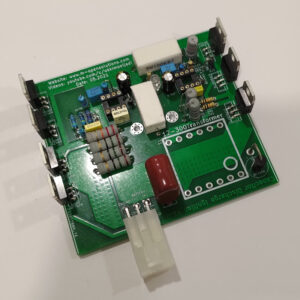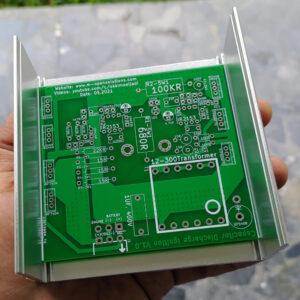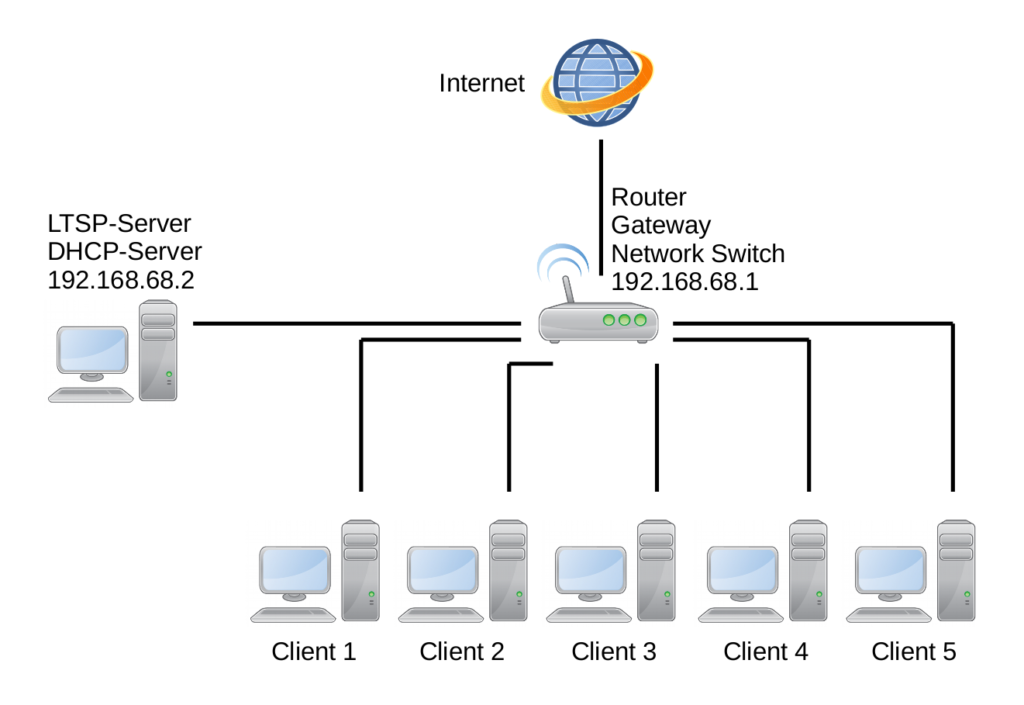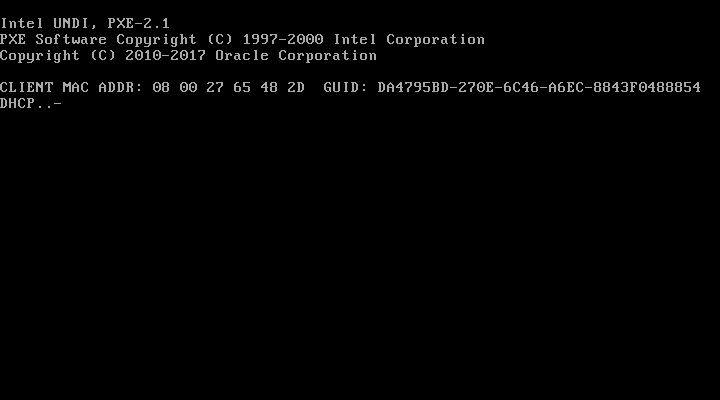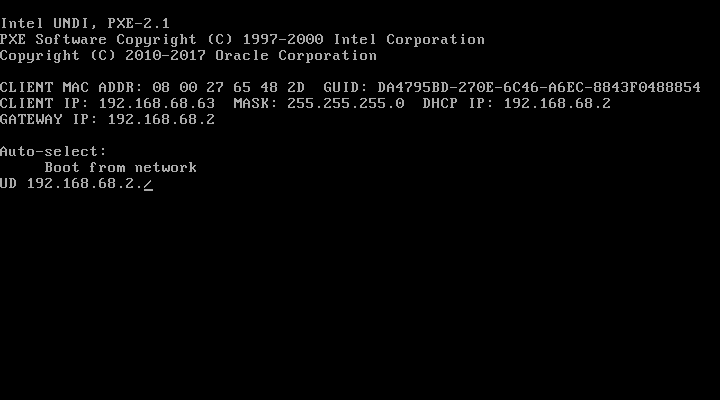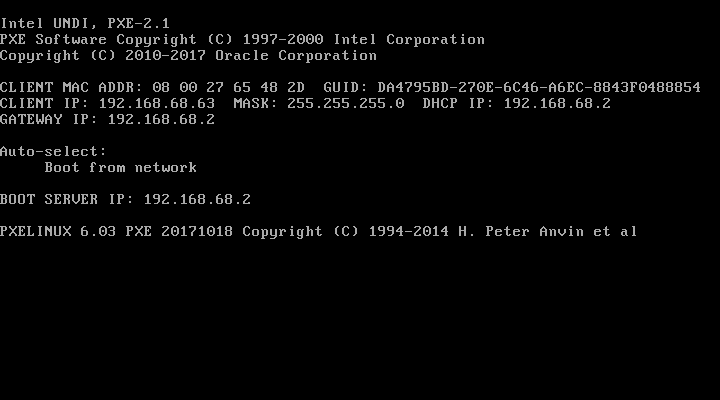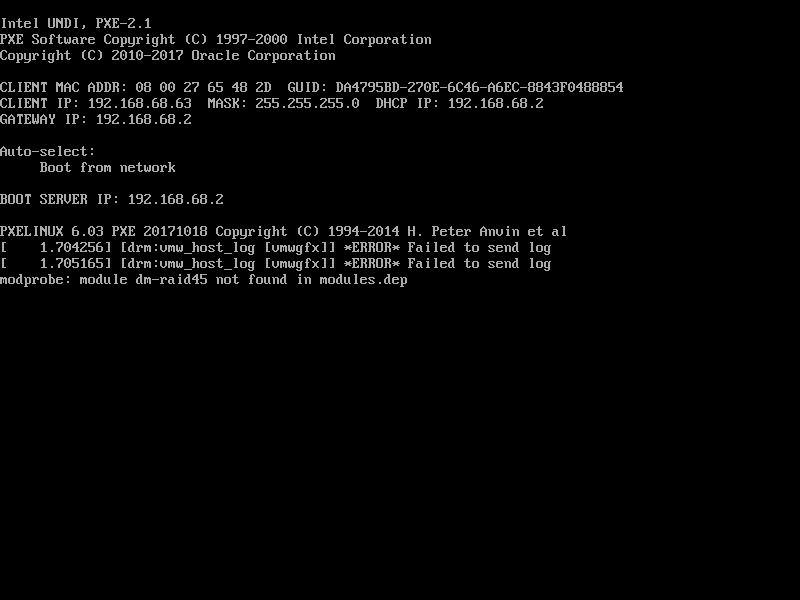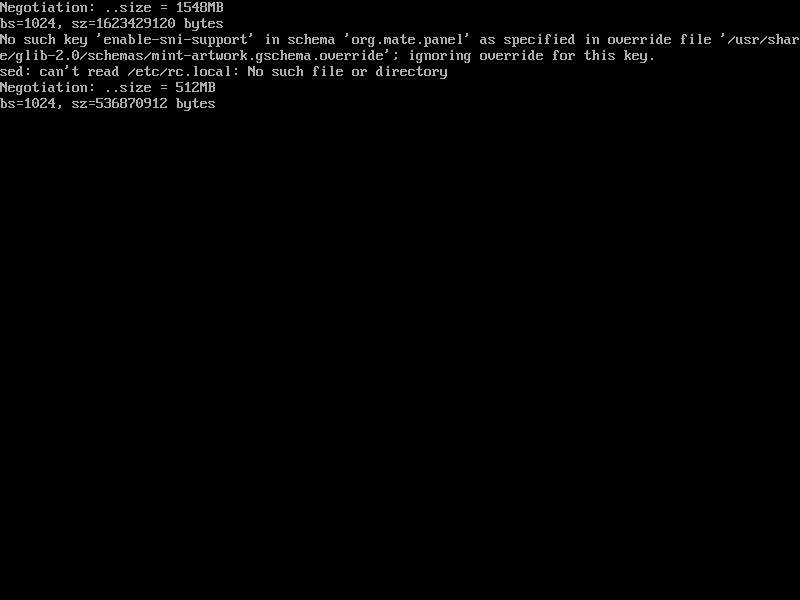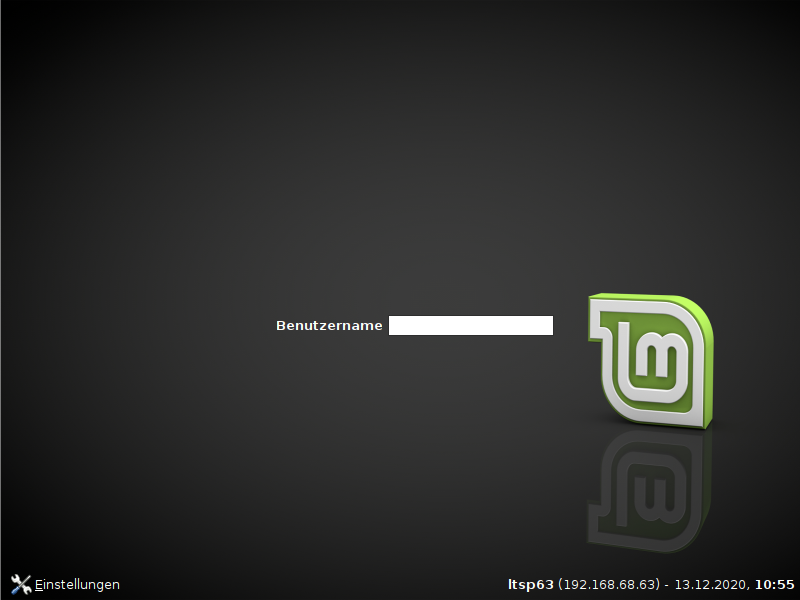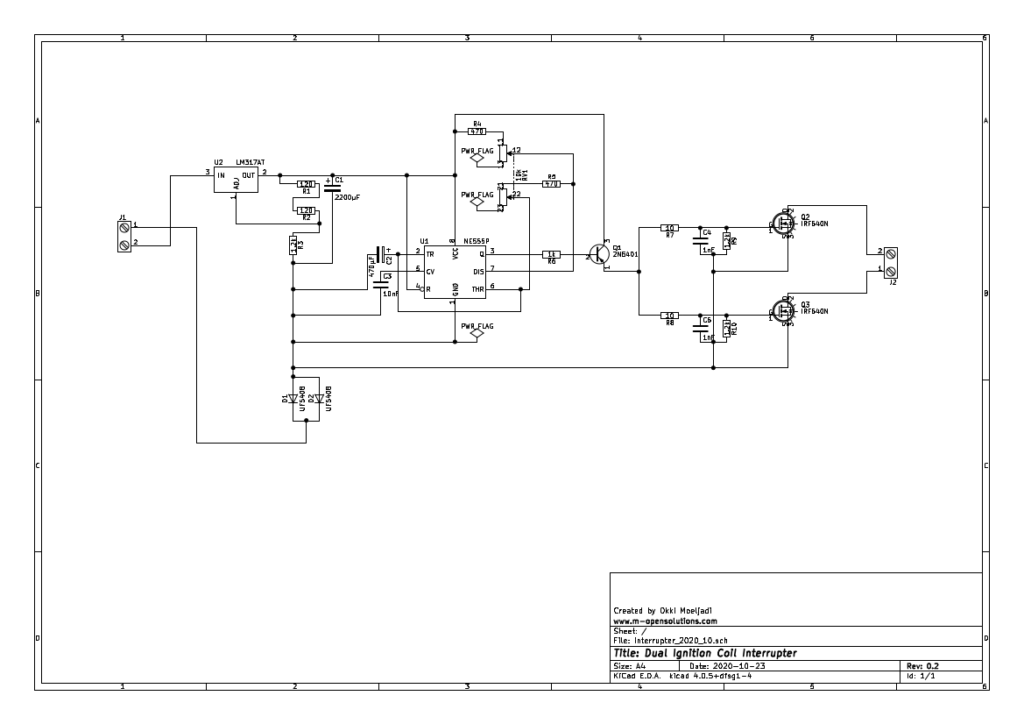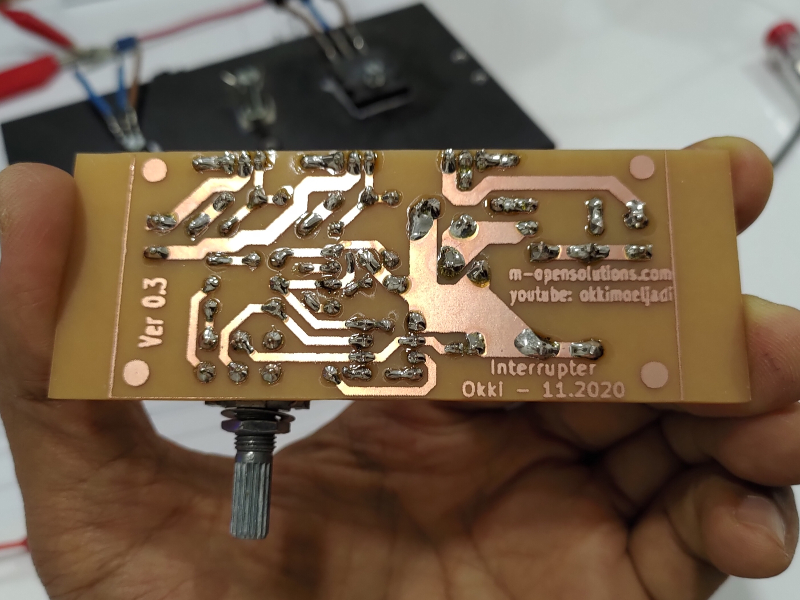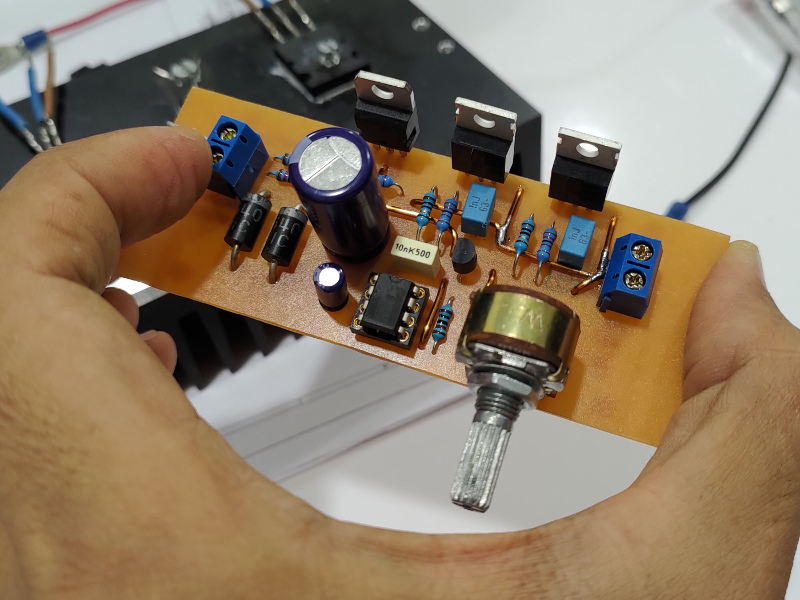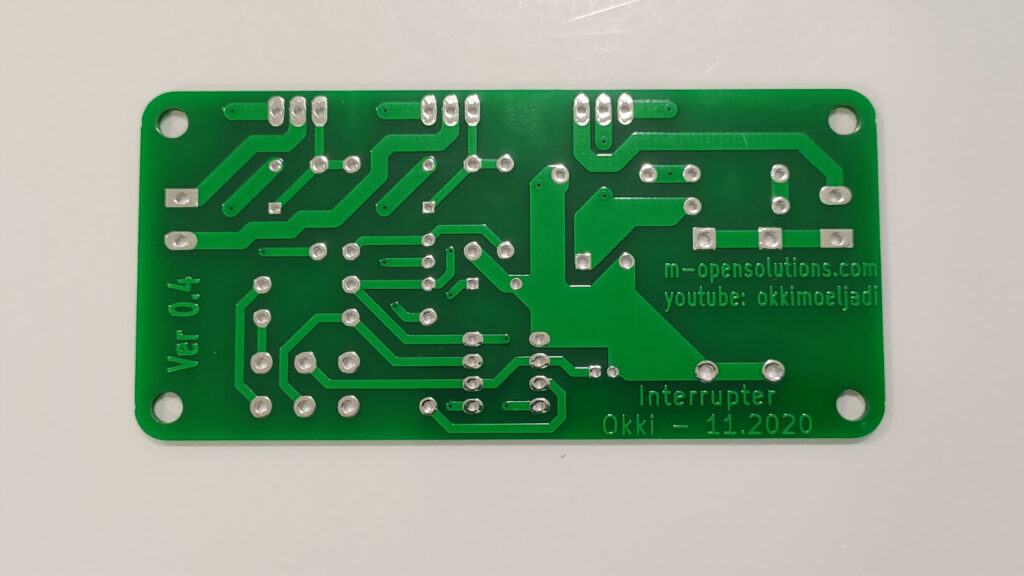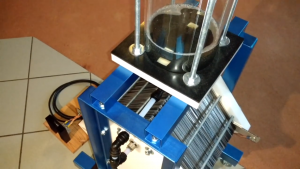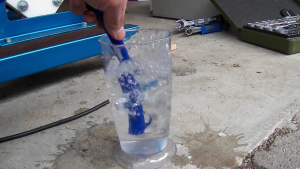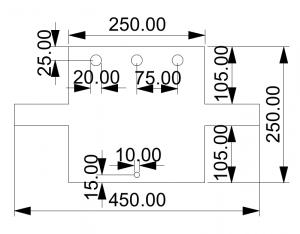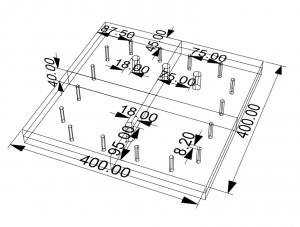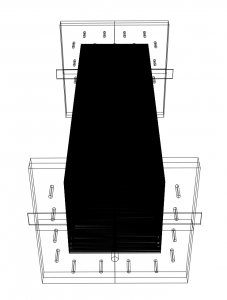Best Replica Watches: A Comprehensive Guide

In today’s world, where luxury watches are a symbol of status and style, replica watches have gained significant popularity. These high-quality imitations offer an affordable alternative to expensive luxury timepieces. If you’re considering purchasing a replica watch, it’s essential to understand the factors that make them desirable, the top brands and models available, where to buy them, how to spot fakes, and how to care for them properly.
Introduction
Replica watches have become increasingly popular due to their affordability and resemblance to their authentic counterparts. In this guide, we’ll explore everything you need to know about buying, owning, and caring for the best replica watches on the market.
Factors to Consider When Buying Replica Watches
Quality
When purchasing a replica watch, quality should be your top priority. Look for watches made with high-quality materials and precision craftsmanship to ensure longevity and durability.
Accuracy
While replica watches may not have the same level of accuracy as genuine luxury watches, it’s essential to choose one that keeps time reasonably well. Look for watches with reliable quartz or mechanical movements for the best performance.
Brand Reputation
Some replica watch brands have earned a reputation for producing high-quality, authentic-looking timepieces. Research the reputation of the brand before making a purchase to ensure you’re getting a quality product.
Budget
Replica watches come in a wide range of prices, so it’s essential to set a budget before shopping. Keep in mind that higher-priced replicas often offer better quality and accuracy.
Top Replica Watch Brands
Rolex
Rolex is one of the most iconic and recognizable luxury watch brands globally, making it a popular choice for replica enthusiasts.
Omega
Omega is known for its precision engineering and innovative design, making it a sought-after brand for replica watches.
Tag Heuer
Tag Heuer is renowned for its sporty yet elegant timepieces, making it a favorite among replica watch collectors.
Audemars Piguet
Audemars Piguet is synonymous with luxury and craftsmanship, making it a desirable brand for replica watch enthusiasts.
Popular Replica Watch Models
Rolex Submariner
The Rolex Submariner is a timeless classic known for its durability and water resistance, making it a popular choice for replica enthusiasts.
Omega Speedmaster
The Omega Speedmaster is famous for being the first watch worn on the moon, making it a must-have for any replica watch collection.
Tag Heuer Carrera
The Tag Heuer Carrera is a sleek and stylish timepiece known for its precision and performance, making it a favorite among replica watch enthusiasts.
Audemars Piguet Royal Oak
The Audemars Piguet Royal Oak is a symbol of luxury and elegance, making it a highly sought-after replica watch model.
Where to Buy Replica Watches
Online Marketplaces
Online marketplaces like eBay and Amazon offer a wide selection of replica watches from various sellers worldwide.
Specialized Websites
Specialized websites like Perfect Watches and Replica Magic specialize in selling high-quality replica watches.
Guacamole is a clientless remote desktop gateway. After successful implementation of this system on some PCs, now I want to use this on a Raspberry Pi 3 B+. Following is how I do the installation on Raspbian system.
OS Version: Raspbian GNU/Linux 9 (stretch)
- Upgrade the system:
$ sudo apt-get update
$ sudo apt-get upgrade
- Install the required dependencies:
$ sudo apt-get install libcairo2-dev
$ sudo apt-get install libjpeg62-turbo-dev
$ sudo apt-get install libpng12-dev
$ sudo apt-get install libossp-uuid-dev
- Install the optional packages:
$ sudo apt-get install libavcodec-dev libavutil-dev libswscale-dev
$ sudo apt-get install libpango1.0-dev
$ sudo apt-get install libssh2-1-dev
$ sudo apt-get install libtelnet-dev
$ sudo apt-get install libvncserver-dev
$ sudo apt-get install libpulse-dev
$ sudo apt-get install libssl-dev
$ sudo apt-get install libvorbis-dev
$ sudo apt-get install libwebp-dev
- Download Guacamole Server and Client packages:
$ wget http://sourceforge.net/projects/guacamole/files/current/source/guacamole-server-0.9.14.tar.gz
$ wget http://sourceforge.net/projects/guacamole/files/current/source/guacamole-client-0.9.14.tar.gz
- Build and install the server:
$ tar xzf guacamole-server-0.9.14.tar.gz
$ cd guacamole-server-0.9.14
$ ./configure --with-init-dir=/etc/init.d
$ make
$ sudo make install
$ sudo update-rc.d guacd defaults
$ sudo ldconfig
- Build the client:
$ sudo apt-get install maven
$ tar xzf guacamole-client-0.9.14.tar.gz
$ cd guacamole-client-0.9.14
$ mvn package
- Install jetty9 servlet container:
$ sudo apt-get install jetty9
- Deploy Guacamole:
$ sudo cp guacamole/target/guacamole-0.9.14.war /var/lib/jetty9/webapps/guacamole.war
$ sudo mkdir -p /etc/guacamole/extensions
$ sudo cp extensions/guacamole-auth-noauth/target/guacamole-auth-noauth-0.9.14.jar /etc/guacamole/extensions/.
- Copy following text and save it as “/etc/guacamole/guacamole.properties”
# Guacamole - Clientless Remote Desktop
# Copyright (C) 2010 Michael Jumper
#
# This program is free software: you can redistribute it and/or modify
# it under the terms of the GNU Affero General Public License as published by
# the Free Software Foundation, either version 3 of the License, or
# (at your option) any later version.
#
# This program is distributed in the hope that it will be useful,
# but WITHOUT ANY WARRANTY; without even the implied warranty of
# MERCHANTABILITY or FITNESS FOR A PARTICULAR PURPOSE. See the
# GNU Affero General Public License for more details.
#
# You should have received a copy of the GNU Affero General Public License
# along with this program. If not, see <http://www.gnu.org/licenses/>.
# Hostname and port of guacamole proxy
guacd-hostname: localhost
guacd-port: 4822
# Auth provider class (authenticates user/pass combination, needed if using the provided login screen)
auth-provider: net.sourceforge.guacamole.net.basic.BasicFileAuthenticationProvider
basic-user-mapping: /etc/guacamole/user-mapping.xml
# NoAuth properties
noauth-config: /etc/guacamole/noauth-config.xml
- Copy following text and save it as “/etc/guacamole/noauth-config.xml”
<configs>
<config name="pi" protocol="vnc">
<param name="hostname" value="localhost" />
<param name="port" value="5900" />
</config>
</configs>
- Copy following text and save it as “/etc/guacamole/user-mapping.xml”. The password is “raspberry”.
<user-mapping>
<authorize
username="pi"
password="b89749505e144b564adfe3ea8fc394aa"
encoding="md5">
<connection name="pi">
<protocol>vnc</protocol>
<param name="hostname">localhost</param>
<param name="port">5900</param>
<param name="swap-red-blue">false</param>
<param name="enable-audio">true</param>
</connection>
</authorize>
</user-mapping>- Install x11vnc VNC-Server:
$ sudo apt-get install x11vnc
- Copy following text and save it as “~/.config/autostart/x11vnc.desktop”
[Desktop Entry]
Name=X11 VNC
Comment=Remotedesktop Server
Exec=x11vnc -forever -nopw -rfbport 5900 -display :0
Terminal=false
Type=Application
X-MATE-Autostart-enabled=true
Comment[de_DE]=Remotedesktop Server
- Restart Raspberry Pi:
$ sudo reboot
At this point guacamole should be automatically started at system boot. You can try to open it from a web-browser, the address is “<ip-address>:<port>/guacamole”. On my network it looks like this “192.168.178.100:8080/guacamole”.
In case you use headless system (Raspberry Pi without display attached) and you have poor display resolution, you can set the parameters in “/boot/config.txt” from this:
#framebuffer_width=1280
#framebuffer_height=720
#hdmi_force_hotplug=1
to this (for full HD resolution):
framebuffer_width=1920
framebuffer_height=1080
hdmi_force_hotplug=1
Restart the system and that’s it. Have fun!


